Whether your TV is brand new or 20 years old, chances are it has a remote control that uses IR (infrared) light to work. There’s nothing inherently wrong with that, but there are many things that annoy me about IR remotes, and, honestly, there are better ways to control devices at a distance these days.
So, I really think it’s time that TV makers ditch IR technology, or at the very least move over to something better while leaving IR as the fallback option.
What Is IR, and Why Was It Invented?
IR remotes have been around since the 70s. Before that, TV remote controls had wires or other less reliable wireless technologies. In the 50s there were remotes that used visible light, and even remotes that used ultrasonic sound. The need for remotes with many functions that could drive the new teletext systems drove the adoption of IR. Transistor prices were plummeting, and so you could have sophisticated electronics in something as frivolous as a TV remote.
IR wasn’t sensitive to disturbances like visible light or ultrasonic sound. It had excellent range in most cases, and you didn’t even have to point it perfectly at the TV. It could bounce off surfaces like walls and still work. Thanks to electronic technology, you could send a huge number of unique signals, which meant TVs themselves could be more sophisticated.
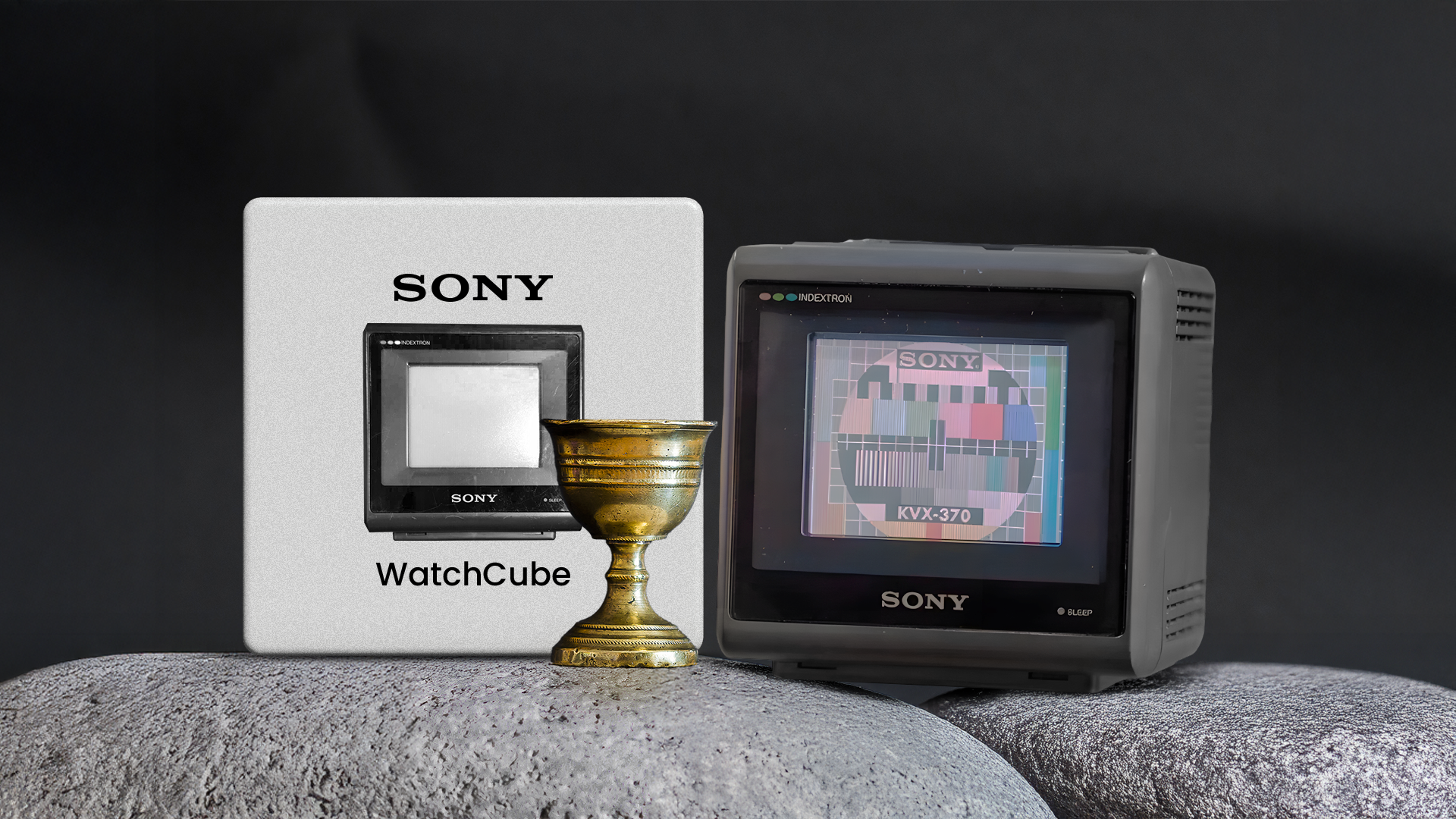
Related
This Tiny and Rare Sony CRT Is My Holy Grail
I need it.
The Frustrations of IR Remotes Today
IR remotes were an innovation we all absolutely needed, but today I find myself annoyed by the drawbacks more than I should have to be. For me personally, there’s the rather unique problem where I have multiple TVs that are within line of sight of each other. I have a Samsung TV in one room, but that room can see into another room that also has a Samsung TV.
So, invariably, turning one TV on turns the other off, changing the volume changes it on both devices. Then there’s the situation where I don’t know if the remote is actually sending a signal or not. One trick I’ve learned is to look at my remote’s IR emitter using my phone’s camera. There will be a bright flash if the remote is actually working. Since there’s no two-way communication between the remote and the TV, this is the only way to know whether the problem is with the remote or the TV itself.
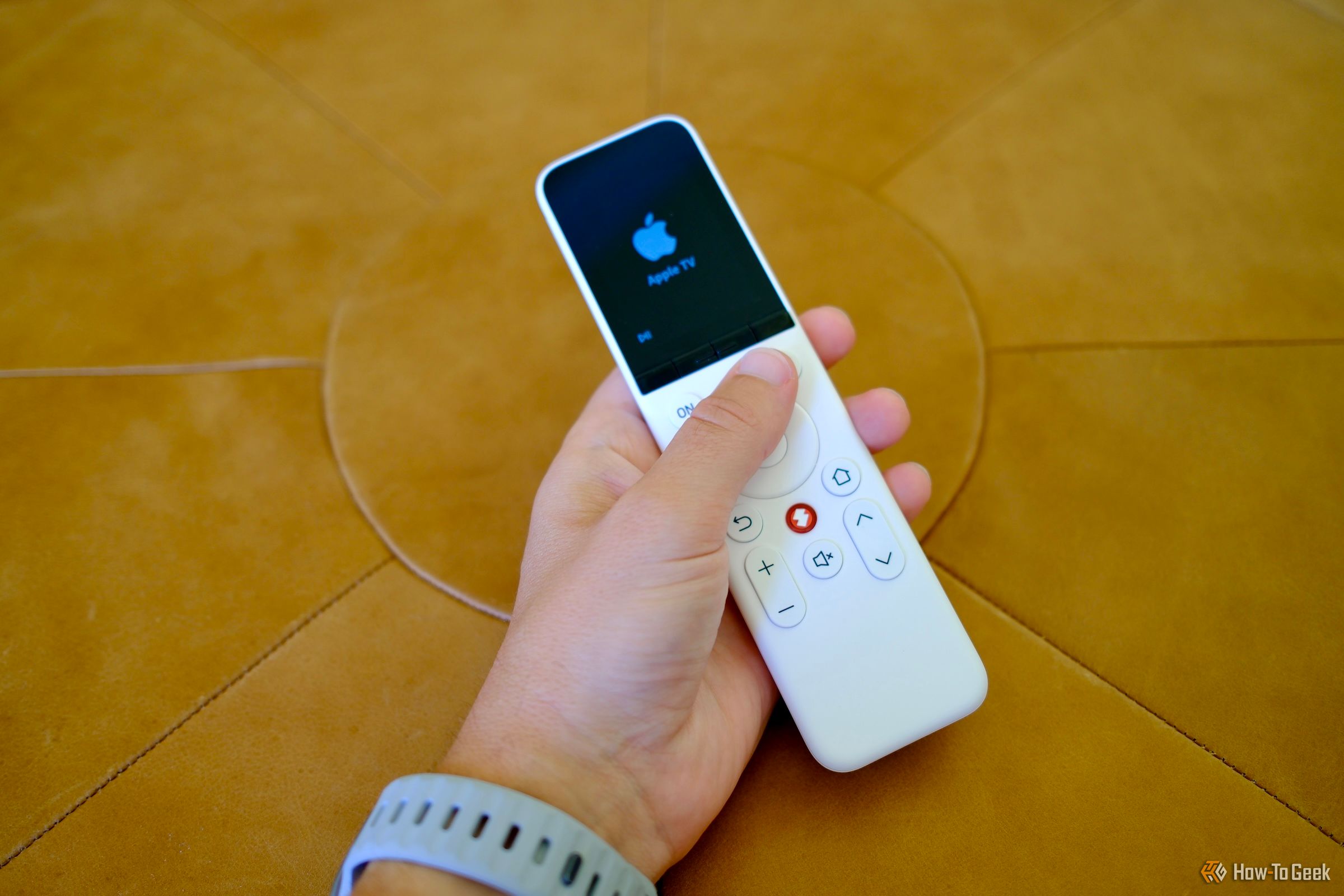
Related
SwitchBot Universal Remote Control Review: Not Quite an All-In-One Device
Controlling Matter devices is great, if you can get that far.
Now, I know most people don’t have multiple TVs that can interfere with each other in the same room, but IR has many other shortcomings. I remember needing a “remote blaster” to control a cable box from the bedroom, and I don’t doubt some people still use them today. Amazon still sells thousands of modern Wi-Fi IR remote blasters every month. So in that case a less convoluted solution woud be better—and more reliable!
What also hasn’t changed is that I have an absolute pile of IR remotes—one for each device—and that, because of this, we still have a need for universal remotes, that have to be painstakingly programmed to subsume all remotes into one.
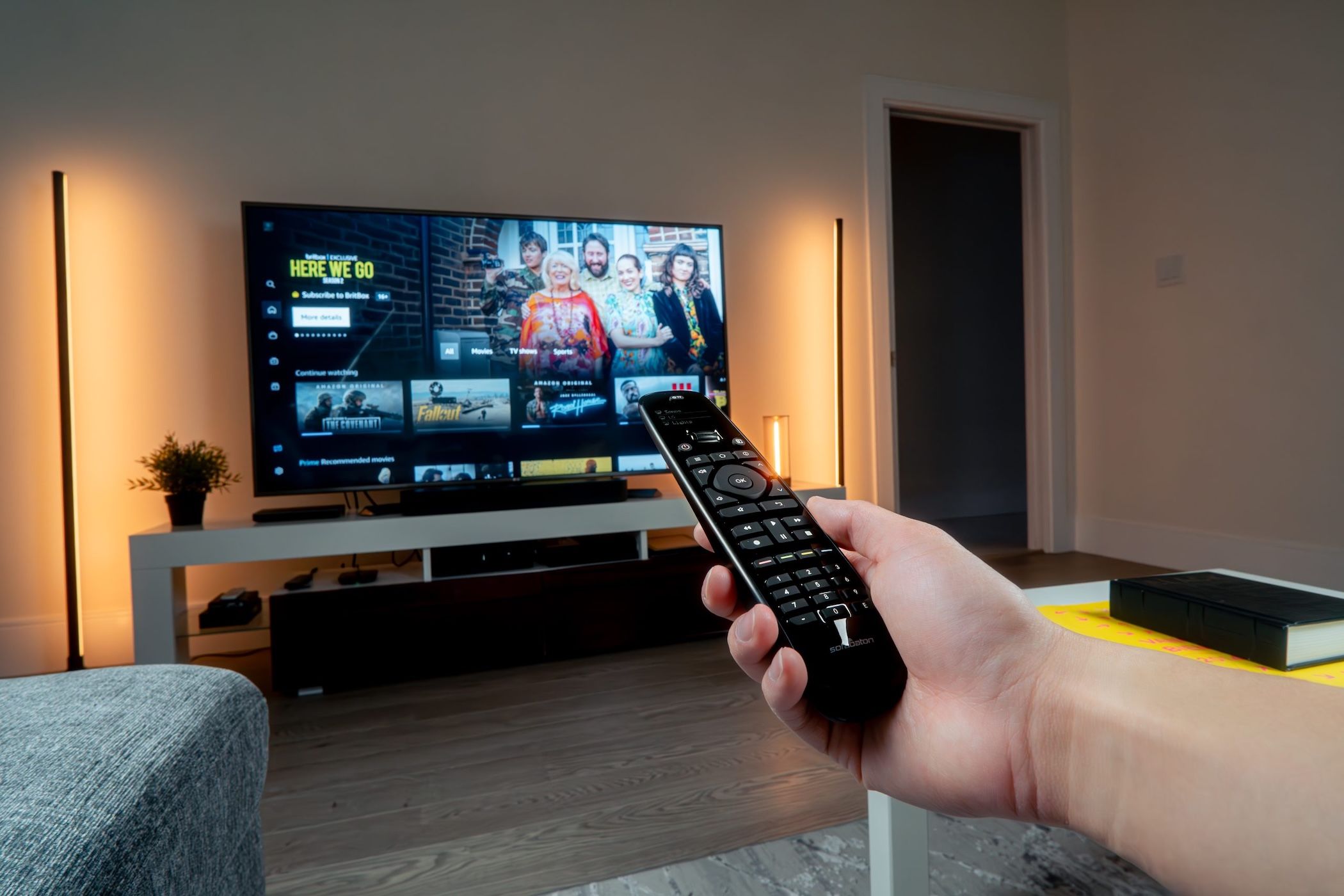
Related
Logitech’s Harmony Line Is Long Gone, but There’s Still Room for Universal Remotes
Bring some order to your coffee table.
What We Already Have That’s Better
Bluetooth, Wi-Fi Direct, and even RF (radio frequency) are already standard in many other household gadgets. These technologies don’t require line-of-sight, can support two-way communication, and even enable over-the-air firmware updates for smarter behavior.
This is why I love my LG Magic remote compared to the dumb Samsung IR remotes I have. Likewise, my Apple TV 4K remote just works better than anything else, although it also includes an IR emitter so that it can control my other devices. Thank goodness, because it meant I could store my Samsung soundbar remote out of sight. That’s one less remote to worry about, at least.
Bluetooth, in particular, is a mature, low-power protocol that already powers console controllers, earbuds, and smartwatches. It allows pairing, low-latency communication, and device discovery—exactly the kind of functionality modern TVs could benefit from. Some streaming boxes like the Apple TV, Fire TV, and Roku already use Bluetooth or RF remotes, and it’s hard to go back once you’ve experienced the responsiveness and flexibility.
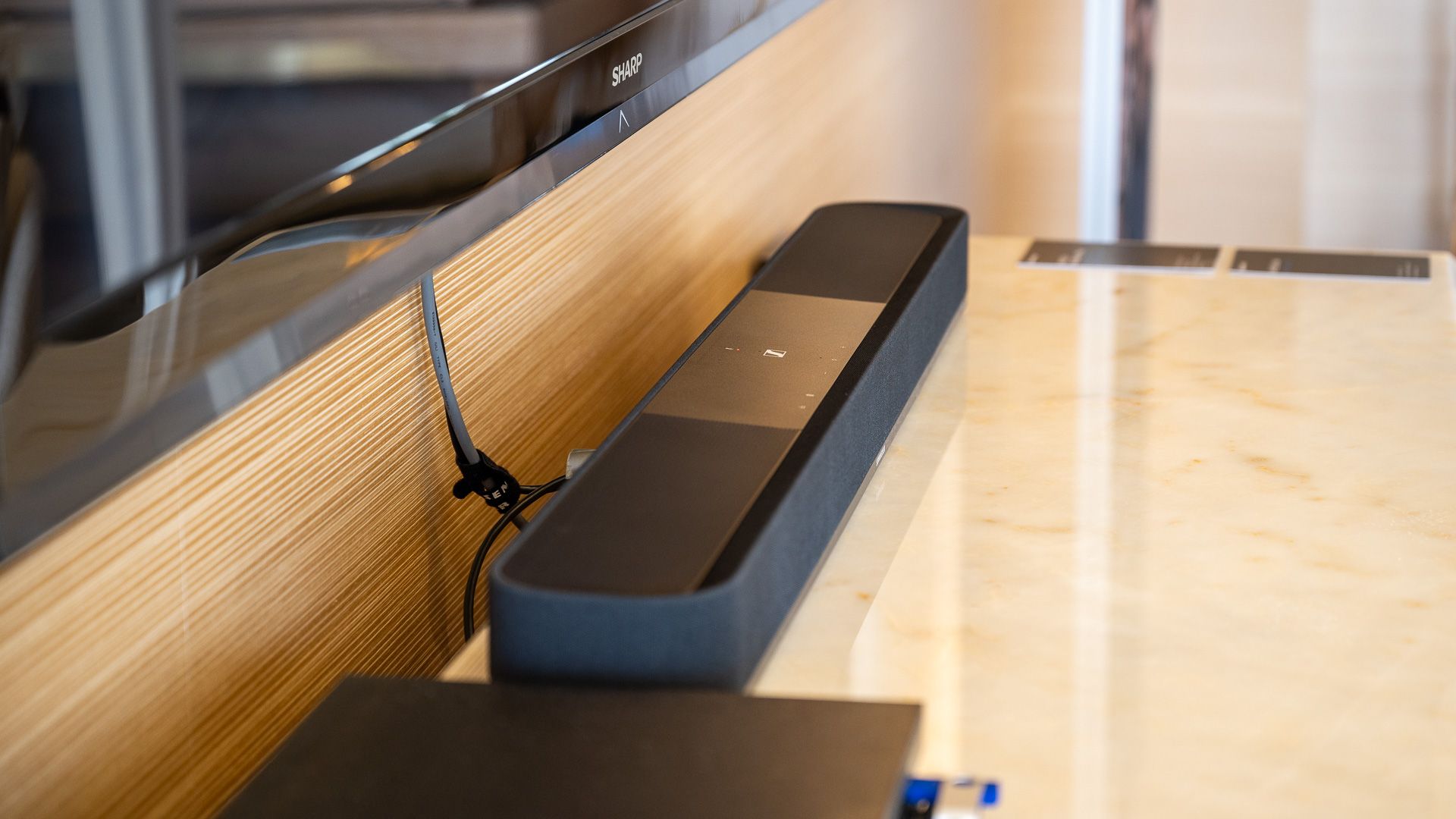
Related
The Best Soundbars of 2024
Upgrade that lousy built-in TV speaker to a system that will breathe new life into your home movie nights.
Why TV Makers Keep Using IR Anyway
IR is a dirt-cheap and well-understood technology. So I doubt we’ll see it left out of any TV set for a long time yet. More premium TVs will simply have other technologies on top of IR, and have it as a fallback. I don’t hate that approach, so the best I can hope for is that even entry-level TVs, streaming boxes, and soundbars will include something like Bluetooth or a proprietary digital radio protocol instead of IR as the primary technology.
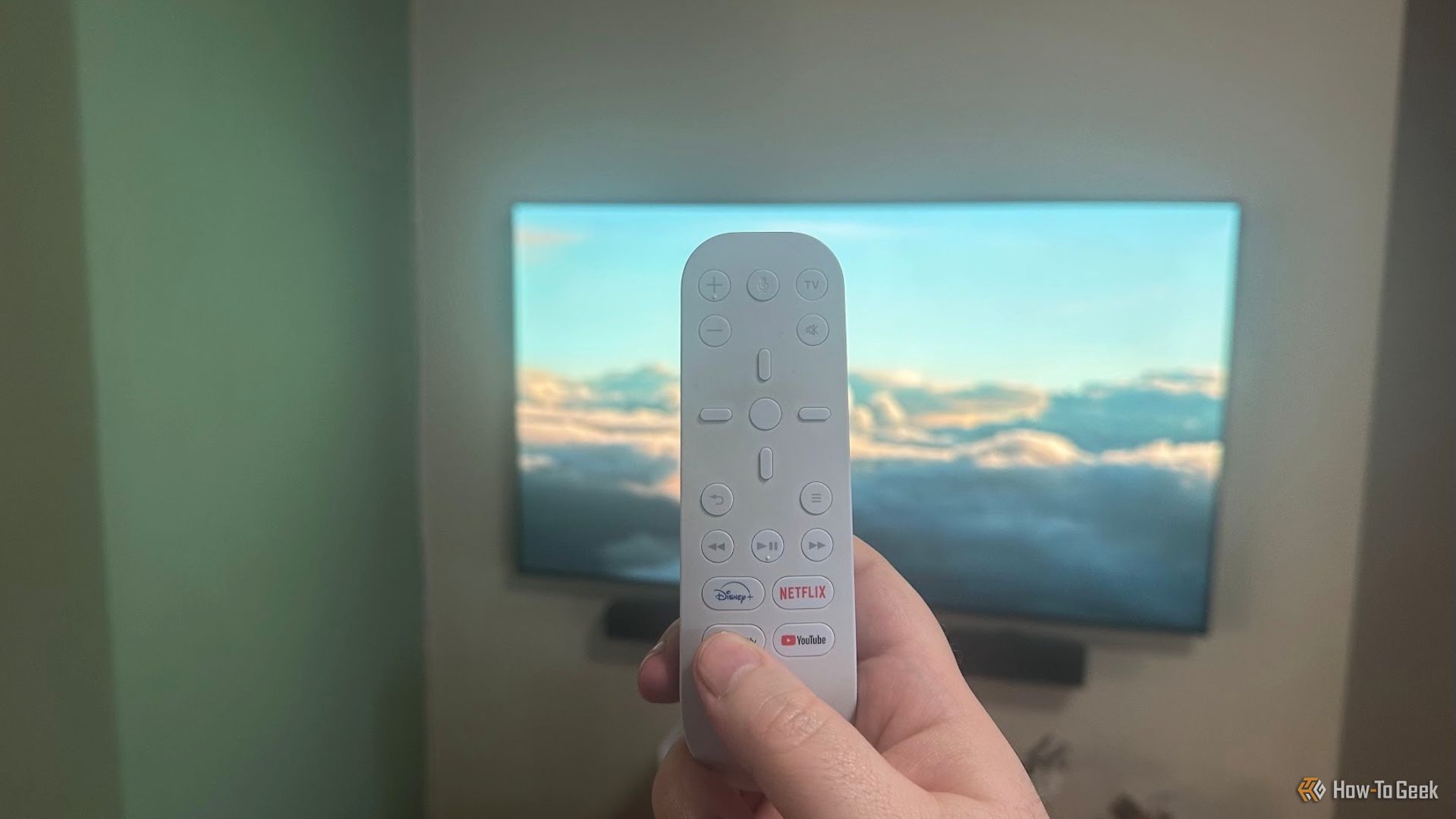
Related
The PlayStation 5 Media Remote Is Way Better Than I Expected It to Be
It sure does love getting dirty though.
It might be a minor concern in the greater scheme of things, but we’ve moved on from so many other technologies in the AV space in the name of convenience, that it’s just a little hard to believe that IR is the hill TV makers choose to die on.


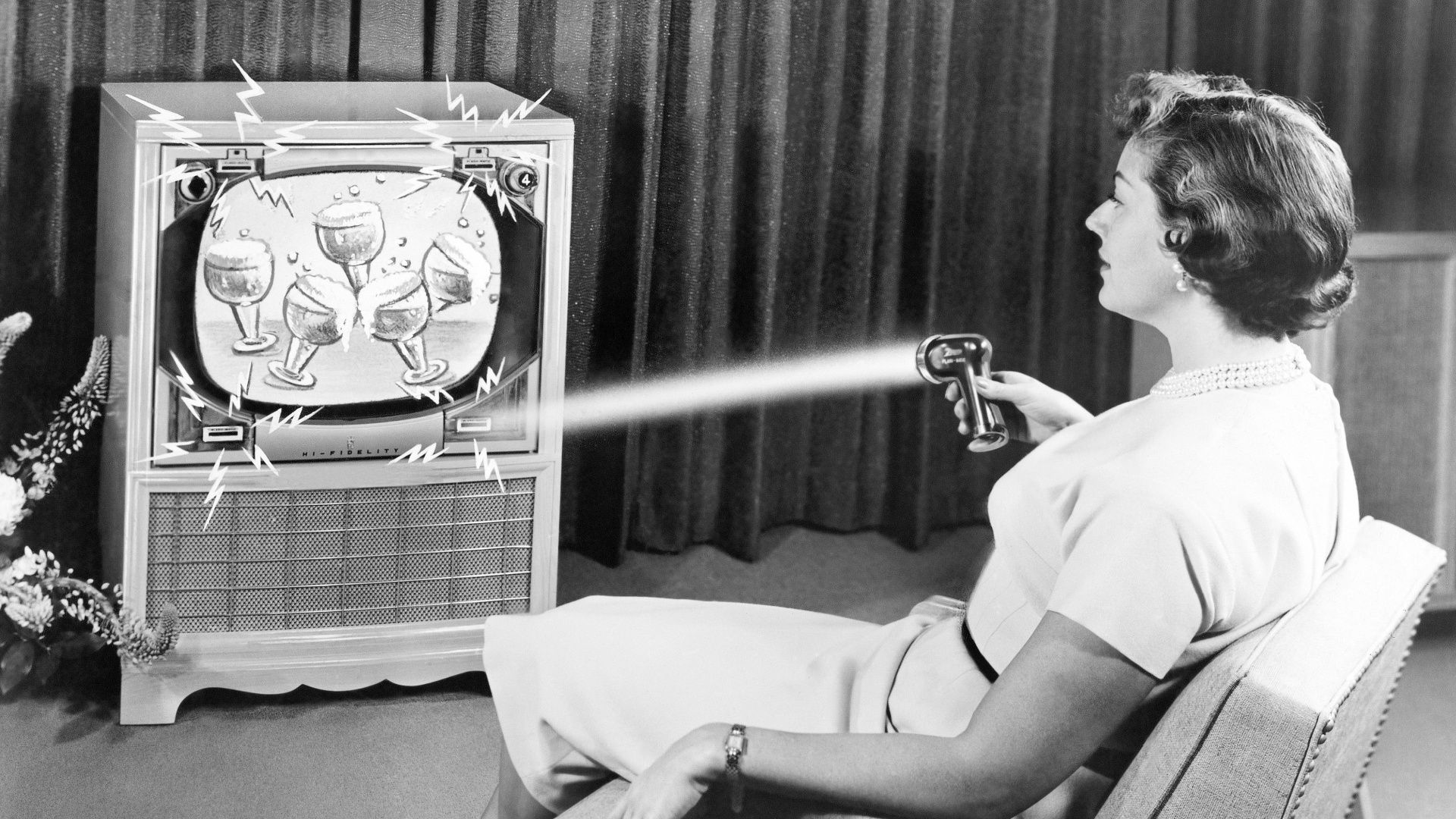
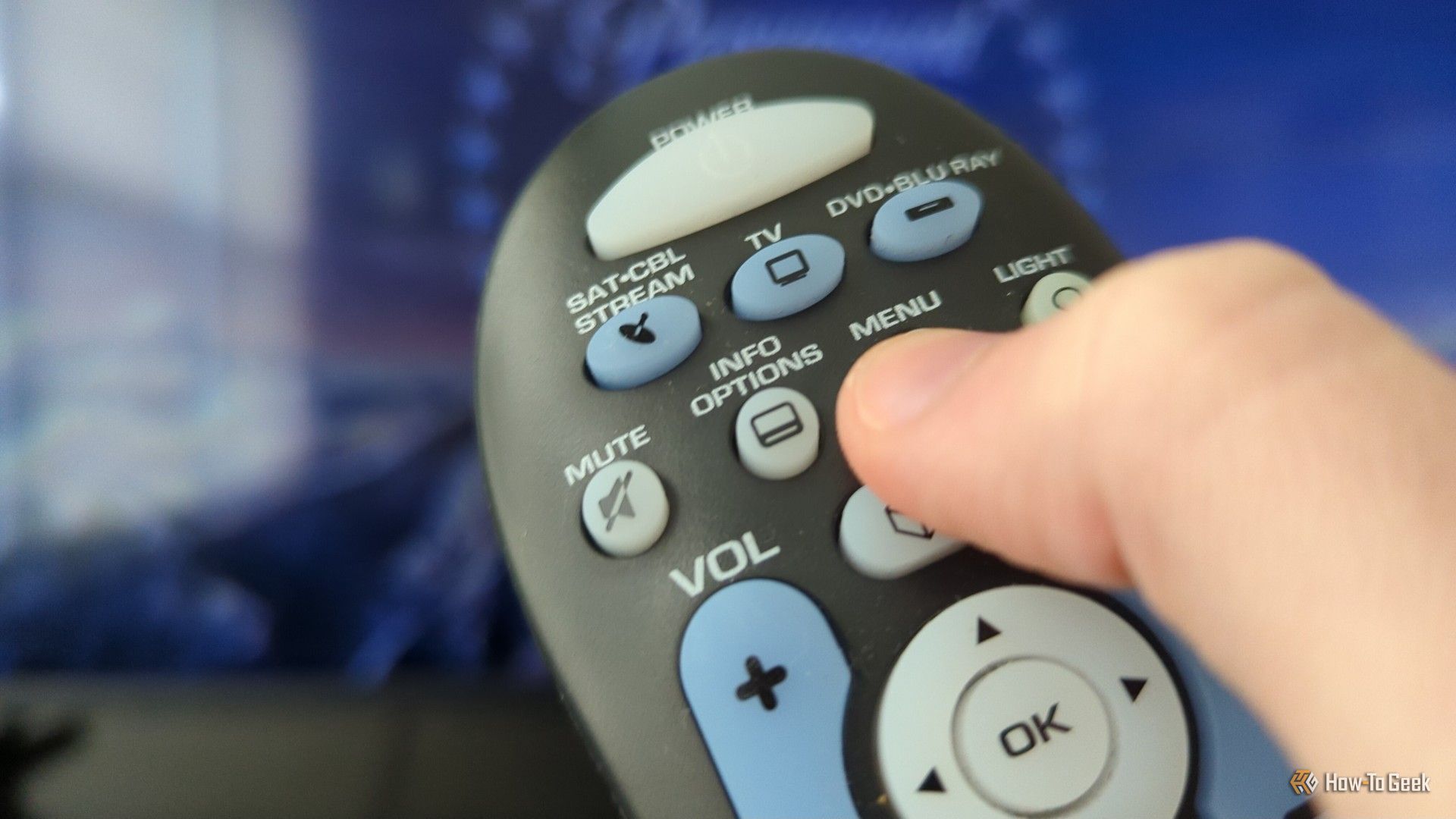
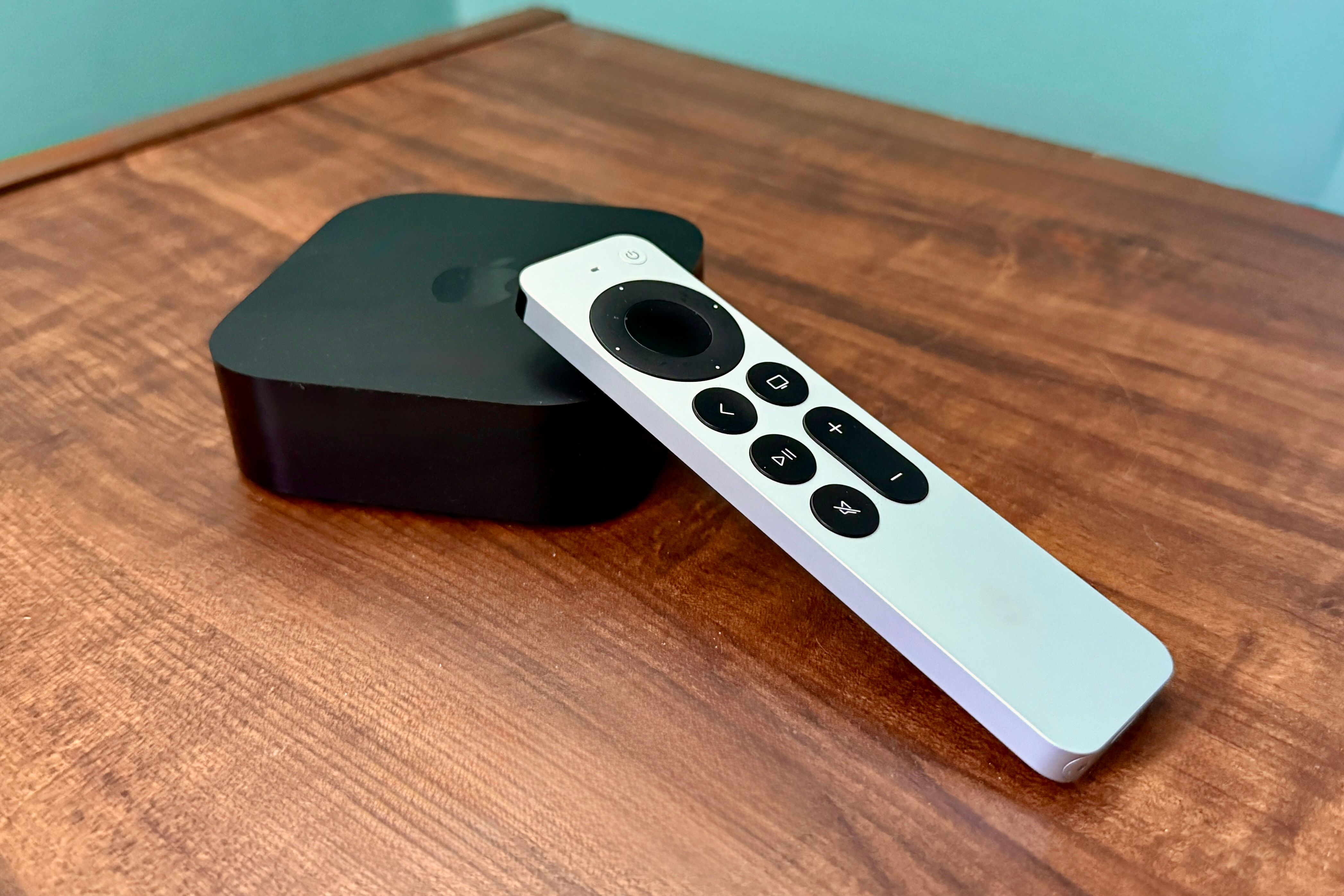
:max_bytes(150000):strip_icc()/apple_watch_dark-5bec498746e0fb0051656a6f.png?w=1174&resize=1174,862&ssl=1)


:max_bytes(150000):strip_icc()/thought-catalog-UK78i6vK3sc-unsplash-8b7b0b500739470dad06540d1bdb19d3.jpg?w=1174&resize=1174,862&ssl=1)

Leave a Comment
Your email address will not be published. Required fields are marked *